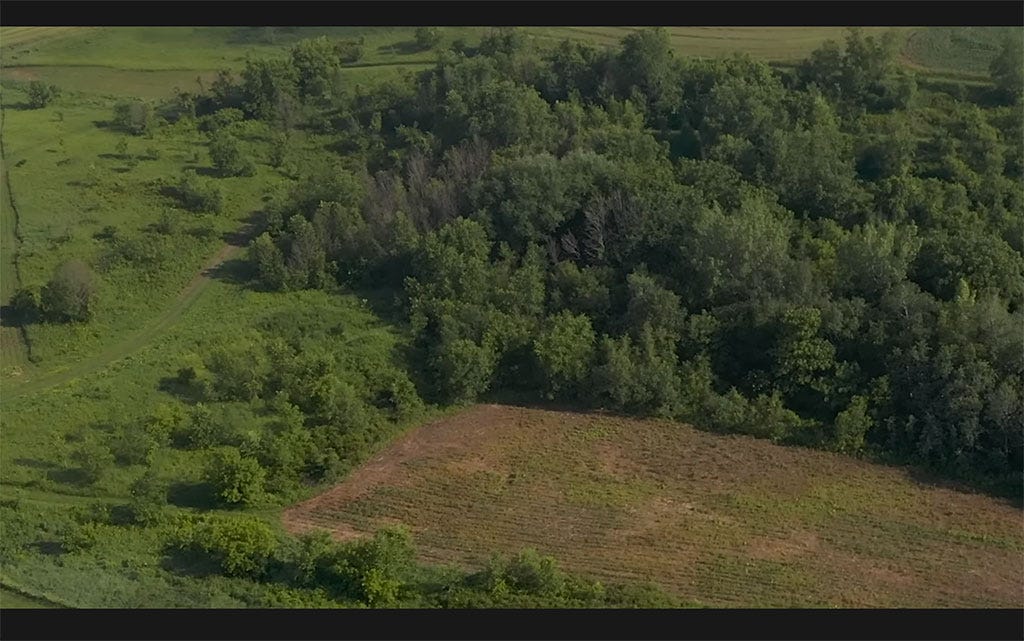

In wildlife and habitat management, the concept of diversity pockets has emerged as a crucial strategy for enhancing ecosystems, particularly for species like whitetail deer. This approach involves creating pockets of diverse habitat within larger landscapes, whether they are open fields, hardwood forests, coniferous areas, or shrublands. Understanding how to implement diversity pockets can significantly benefit wildlife populations and improve hunting opportunities.
What are Diversity Pockets?
Diversity pockets are essentially concentrated areas within a habitat that offer a variety of vegetation types, cover options, and food sources for wildlife. These pockets serve as essential refuges, nesting sites, and feeding grounds, contributing to the overall biodiversity and health of an ecosystem. Whether it's a patch of trees, a thicket of shrubs, or a mixture of grasses, each pocket provides unique resources that support different stages of wildlife life cycles.
Implementing Diversity Pockets
1. Identifying Suitable Locations:
Before creating diversity pockets, it's essential to assess the existing habitat and identify areas that could benefit from enhancement. Look for open spaces, edges, or transitional zones where different habitat types meet, as these areas often have high ecological value.
2. Creating Structural Diversity:
Once potential locations are identified, focus on creating structural diversity within each pocket. This involves incorporating a mix of vegetation types, such as trees, shrubs, grasses, and forbs, to provide diverse cover and food sources throughout the year.
3. Strategic Planting and Management:
Planting native species that are well-adapted to the local environment is key to the success of diversity pockets. Consider factors like soil type, moisture levels, and sunlight exposure when selecting plant species. Additionally, ongoing management practices such as pruning, thinning, and controlled burns may be necessary to maintain the desired habitat structure.
4. Protecting and Enhancing Existing Habitat:
In some cases, enhancing diversity pockets may involve protecting and enhancing existing habitat features rather than creating entirely new ones. This could include preserving natural edges, leaving standing dead trees for wildlife habitat, or controlling invasive species that threaten native biodiversity.
Implementing Diversity Pockets for Whitetail Deer
A practical example could look like strategically planting switchgrass around the perimeter of an open field while creating pockets of trees, briars, and other browse species (like red oaks or dogwood, dappled willow, hybrid poplar) within the interior. By doing so, the habitat becomes more attractive and functional for deer, offering both cover and food sources throughout the year.
Diversity pockets represent a holistic approach to wildlife habitat management, emphasizing the importance of creating and maintaining diverse ecosystems. By incorporating a variety of habitat elements within a landscape, landowners and managers can enhance wildlife populations, improve ecosystem resilience, and provide valuable recreational opportunities like hunting and wildlife observation. Whether it's a small backyard or a large conservation area, the principles of diversity pockets can be applied to benefit wildlife and ecosystems worldwide.
Article Credit: Information sourced from Jeff Sturgis of Whitetail Habitat Solutions